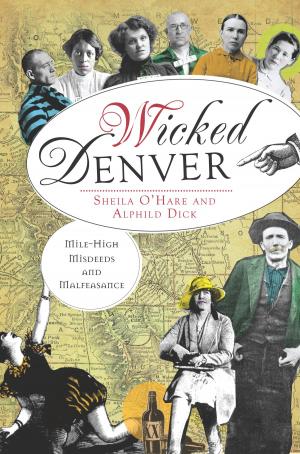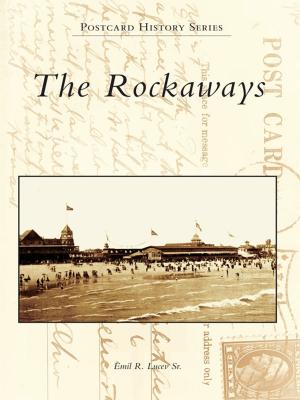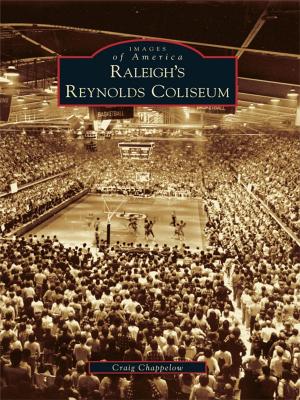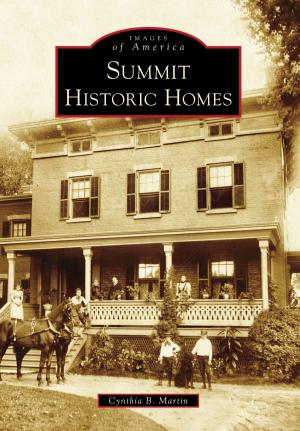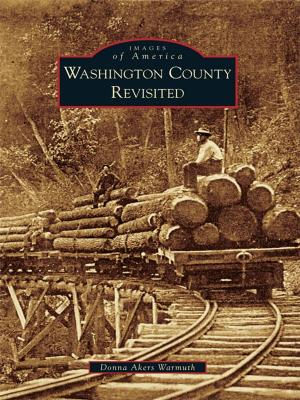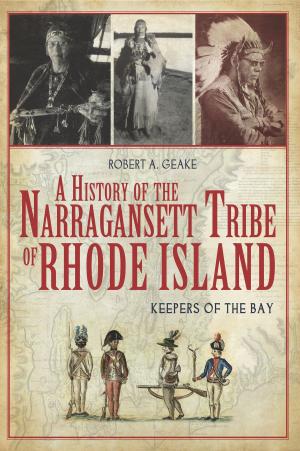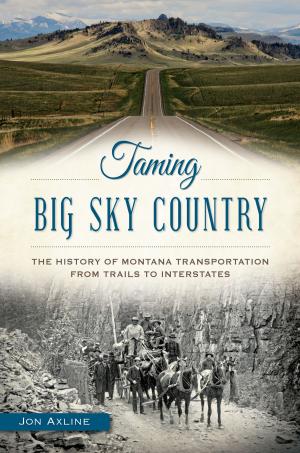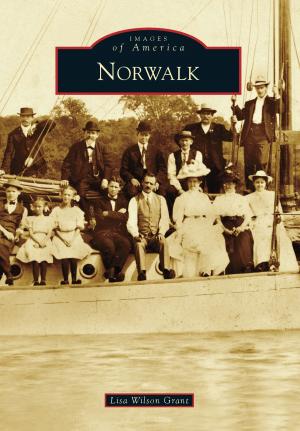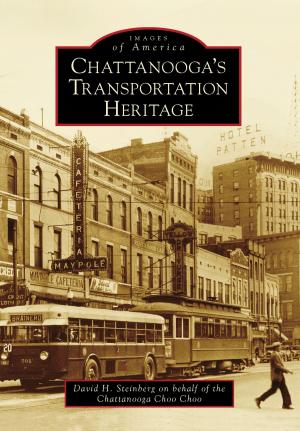| Author: | Shawn M. Snow | ISBN: | 9781439658741 |
| Publisher: | Arcadia Publishing Inc. | Publication: | December 5, 2016 |
| Imprint: | Arcadia Publishing | Language: | English |
| Author: | Shawn M. Snow |
| ISBN: | 9781439658741 |
| Publisher: | Arcadia Publishing Inc. |
| Publication: | December 5, 2016 |
| Imprint: | Arcadia Publishing |
| Language: | English |
In 1900, the bucolic landscape that stretched for miles southwest of Denver was made up of truck farms, dairies, and ranches. While the separate town of Valverde would be absorbed by Denver in 1902, the countryside beyond was the domain of Arapahoe and Jefferson Counties. Isolated sentinels such as Loretto Heights and Fort Logan stood tall on the prairie. As happened in countless American cities, however, the abandonment of urban cores for new suburbs would radically change a rural way of life that had lasted for decades. With an aggressive annexation policy after World War II that helped to double Denver's land area in 30 years, the city set forth gobbling up these new subdivisions and former rural county lands. Some clamored to join Denver; others railed against the giant next door. A new sense of place was created in the process, not quite urban and not quite suburban. A proud heritage remains in the hearts of residents fortunate enough to have been brought into Southwest Denver before the annexation floodgates were permanently closed.
In 1900, the bucolic landscape that stretched for miles southwest of Denver was made up of truck farms, dairies, and ranches. While the separate town of Valverde would be absorbed by Denver in 1902, the countryside beyond was the domain of Arapahoe and Jefferson Counties. Isolated sentinels such as Loretto Heights and Fort Logan stood tall on the prairie. As happened in countless American cities, however, the abandonment of urban cores for new suburbs would radically change a rural way of life that had lasted for decades. With an aggressive annexation policy after World War II that helped to double Denver's land area in 30 years, the city set forth gobbling up these new subdivisions and former rural county lands. Some clamored to join Denver; others railed against the giant next door. A new sense of place was created in the process, not quite urban and not quite suburban. A proud heritage remains in the hearts of residents fortunate enough to have been brought into Southwest Denver before the annexation floodgates were permanently closed.




